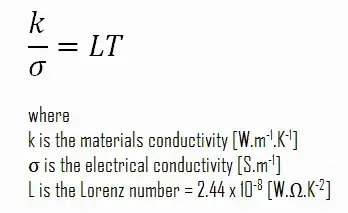Explore the top three materials used for electromagnetic wave shielding: Copper, Aluminum, and Nickel, along with their advantages and applications.
Top 3 Most Common Electromagnetic Wave Shielding Materials
Electromagnetic radiation can interfere with the normal functioning of electronic devices and may even pose health risks. To mitigate these effects, various materials are used to shield against these electromagnetic waves. This article will discuss the top three most commonly used materials for electromagnetic wave shielding: Copper, Aluminum, and Nickel.
Copper
Copper is widely recognized for its excellent electrical conductivity. This property makes it one of the most popular materials used in electromagnetic shielding. Copper’s effectiveness is based on its ability to absorb electromagnetic radiation, convert it into heat, and then safely dissipate it.
- Advantages: Exceptional conductivity, malleability, and resistance to corrosion.
- Applications: Often used in industrial and telecommunications applications.
Aluminum
Aluminum is a lighter and cheaper alternative to copper, yet it retains strong electromagnetic shielding properties. It is also a good thermal conductor, which aids in dissipating the heat generated from absorbed electromagnetic radiation.
- Advantages: Lightweight, cost-effective, and good thermal conductivity.
- Applications: Commonly used in aerospace applications and personal electronic devices.
Nickel
Nickel is often used in conjunction with other metals to create alloys with enhanced electromagnetic shielding properties. Nickel alloys are particularly effective at shielding high-frequency electromagnetic waves.
- Advantages: High-frequency shielding effectiveness and durability.
- Applications: Frequently found in medical devices and high-frequency applications.
In conclusion, the choice of shielding material largely depends on the specific requirements of the application, such as the frequency range to be shielded, the environment in which the shield will be used, and budget constraints. Understanding the properties of these materials can help in selecting the most appropriate solution for any given situation.



